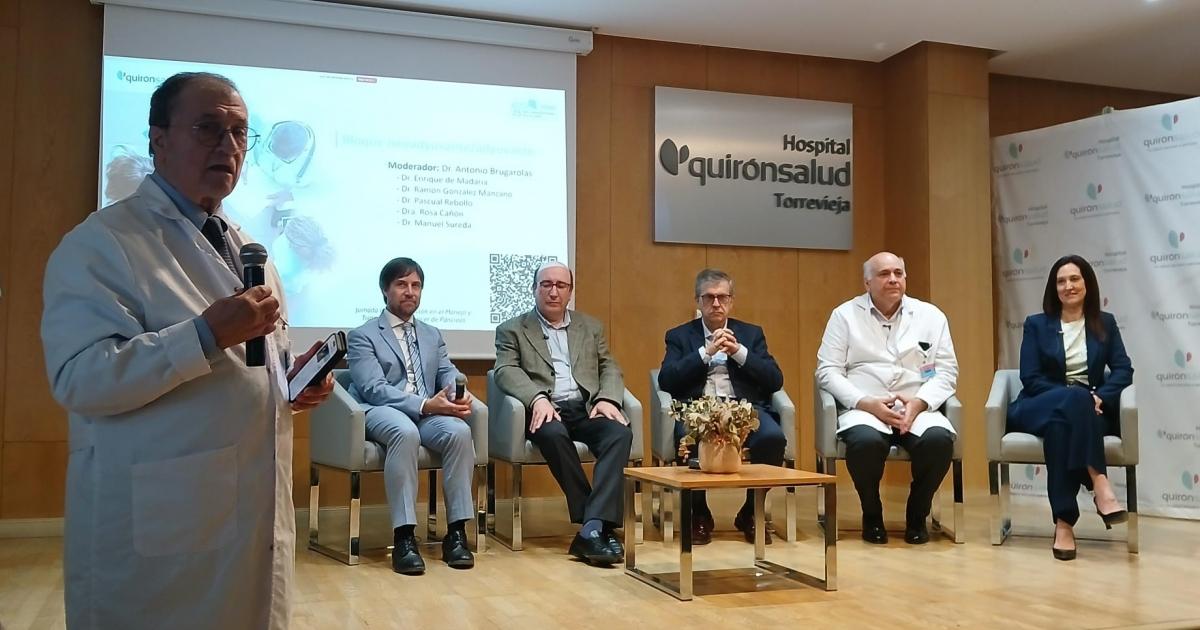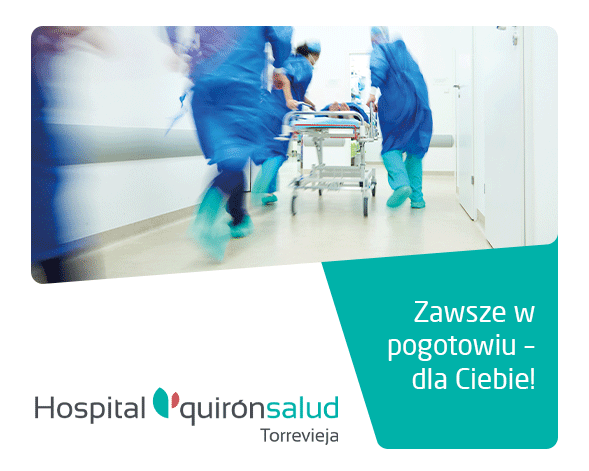
Robotic surgery in the fight against ovarian cancer: more precision, less pain and faster recovery
Dr. Rodolfo Martín Díaz, head of the Gynecology Department at Hospital Quirónsalud Torrevieja, outlines the most common symptoms, risk factors and key aspects of early diagnosis of ovarian cancer.
Every year, about 3,300 women in Spain learn that they have ovarian cancer - the sixth most common gynecologic cancer. Although its incidence is rarer than breast or cervical cancer, it has a higher mortality rate.
“The main problem with ovarian cancer is that it is usually diagnosed at an advanced stage, which makes treatment more difficult and worsens the prognosis.”
— explains Dr. Rodolfo Martín Díaz, a specialist in robotic surgery in gynecology.
Unlike other gynecological cancers, ovarian cancer often develops asymptomatically. Early symptoms are uncharacteristic and include: incontinence, lower abdominal pain and digestive or urological changes.
“Many women confuse it with stomach ailments or hormonal disorders. This ambiguity delays diagnosis.”
— warns Dr. Díaz.
What does diagnosis look like?
The diagnostic process usually begins with a tranvaginal ultrasound and the determination of tumor markers, such as CA-125. If suspected, more advanced imaging tests are used, such as. computed tomography (CT). However, a definitive diagnosis can only be made after histopathological analysis performed after surgery.
Risk factors
As the specialist points out
“Eage matters a lot - after the age of 50, the risk increases. Other factors include a family history of ovarian or breast cancer, mutations of the BRCA1 and BRCA2 genes, childlessness, endometriosis and long-term hormone therapy. Genetics plays a key role, especially in hereditary cases.”
Robotic surgery: technology in the service of precision
In recent years, robotic surgery has become a key tool in the surgical treatment of early-stage ovarian cancer. Dr. Díaz heads one of the pioneer teams in Spain that uses the Da Vinci robotic system, a device that has revolutionized the approach to complex surgery.
“Robotic surgery is an advancement of laparoscopy. It provides three-dimensional imaging, a wider range of motion and millimeter-level precision in real time.”
— he explains.
Unlike traditional surgery, the robotic system allows the surgeon to work in a more ergonomic way, reducing fatigue and increasing accuracy in delicate procedures.
This method is particularly effective in patients with stage I and II cancer, as well as those who may benefit from primary or interval cytoreduction.
“Preoperative imaging evaluation is crucial to properly select candidates for surgery.”
— Dr. Díaz says.
Benefits to the patient
The technology has many benefits: less bleeding, fewer post-operative complications, fewer incisions and faster recovery.
“In many cases, patients leave the hospital after just two to three days and return to daily activities within a week.”
— assures the doctor.
For young women, minimally invasive surgery has an added advantage:
“It is less invasive to the reproductive organs, which can be crucial for patients who want to preserve fertility.”
— he adds.
The impact on quality of life is also significant. Less post-operative pain, increased mobility and a better aesthetic result help patients get through the recovery period better and cope with the emotional effects of the disease.
“Less pain, better body appearance and lower risk of long-term complications such as adhesions - this all adds up to patient well-being.”
— Dr. Díaz emphasizes.
Operation planning: teamwork
However, this type of procedure requires multispecialized planning.
“Every robotic surgery requires careful preparation. It's teamwork that involves radiologists, anesthesiologists, specialized nurses and instrument technicians with proper training.”
— points out the gynecologist.
Prior to surgery, a complete preoperative evaluation is performed, including a CT scan, determination of tumor markers and assessment of the patient's general health. Specific protocols are also followed depending on the type of surgery and location of the tumor.
In the future, surgery is moving toward increasing personalization, less invasiveness, and better oncological and functional outcomes.








